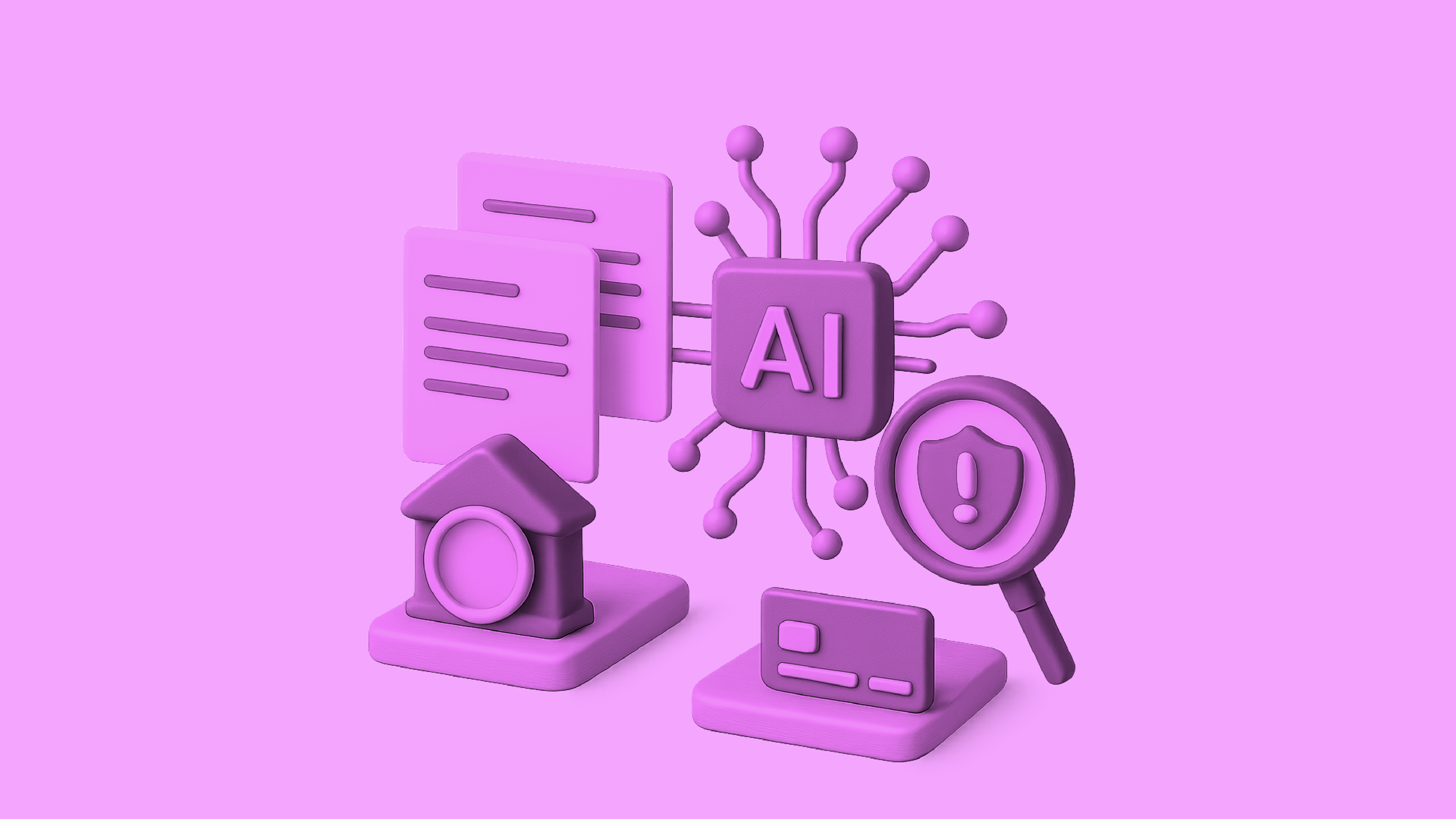Cash flow visibility and vendor reliability are just as critical as procurement savings in today’s business environment. Yet, many businesses find that while procurement workflows have been digitized, accounts payable (AP) still runs on spreadsheets and manual approvals. The result? Bottlenecks, disputes, and missed opportunities slow down the entire procure-to-pay (P2P) cycle.
By understanding where AP fits into the cycle and how automation transforms it, finance leaders can unlock more efficiency, accuracy, and control.
What Are the Steps of the Procure-to-Pay Cycle?
The P2P cycle begins with identifying a business need and ends with supplier payment. Each step is linked, making consistency and control essential.
Requisitioning
- A business unit raises a purchase requisition when there’s a need for goods or services.
- Internal approvals ensure the request aligns with budgets and policies.
Purchase Order (PO) Creation
- The approved requisition is converted into a purchase order (PO).
- POs standardize vendor expectations around pricing, quantity, and delivery timelines.
Vendor Confirmation & Delivery
- Suppliers receive the PO and confirm acceptance.
- Goods or services are delivered as per agreed terms.
Goods Receipt & Verification
- The receiving team checks the delivery against the PO.
- Any discrepancies are flagged before proceeding to payment.
Invoice Processing
- The supplier submits an invoice.
- This is matched against the PO and goods receipt (commonly called the “three-way match”).
Accounts Payable Review
- The AP team validates invoices, ensures tax compliance, and schedules payment.
- Discrepancies can trigger back-and-forth with vendors or procurement.
Payment Execution
- Approved invoices are paid through bank transfers, cheques, cards, or digital methods.
- Payment status is shared with vendors for transparency.
Reconciliation & Reporting
- Transactions are reconciled with bank statements and accounting ledgers.
- Reports provide insights into vendor performance, spend categories, and cash flow.
This closed-loop system ensures that procurement decisions translate seamlessly into payments and reporting.
The Challenges of Traditional P2P
While the P2P steps look straightforward, manual processes introduce friction:
- Invoice mismatches delay approvals and create disputes.
- Duplicate or unauthorized payments slip through without robust controls.
- Approval delays strain vendor relationships.
- Disconnected systems between procurement and finance reduce visibility into liabilities.
- Limited compliance oversight exposes businesses to regulatory risk.
These challenges show why AP is more than just the “last step.” It’s the gatekeeper of financial accuracy and supplier trust.
How Does Accounts Payable Fit into P2P?
Accounts payable ensures that procurement spend is not only executed but also optimized.
- Control & Compliance: Invoices are checked against POs and deliveries to avoid overpayments or fraud.
- Cash Flow Management: Strategic scheduling ensures better use of credit periods and working capital.
- Vendor Relationships: Consistent, accurate payments build credibility and open opportunities for better terms.
- Data Insights: AP data provides intelligence on spending patterns, vendor reliability, and compliance gaps.
Without AP discipline, the P2P cycle risks breakdowns that affect everything from liquidity to supplier loyalty.
Where AP Automation Transforms P2P
AP has traditionally been paperwork-heavy, with teams chasing invoices and reconciling mismatches manually. Automation flips this model.
- Invoice Capture & Matching: AI and OCR can digitize invoices and auto-match them against POs and receipts.
- Approval Workflows: Automated routing ensures faster, policy-compliant approvals.
- Integrated Payments: Payments can be initiated directly from the AP system, with options for UPI, NEFT, cards, or vendor wallets.
- Real-Time Reconciliation: Sync with ERP and banking systems allows instant visibility into liabilities and balances.
- Analytics & Forecasting: Automated platforms generate reports on payment cycles, outstanding liabilities, and vendor performance.
The result?
- Shorter invoice-to-payment cycles
- Lower error rates and fewer disputes
- Stronger vendor trust through consistent payment experiences
- Greater visibility into spend for better decision-making
OPEN’s Accounts Payable Advantage
Managing P2P effectively requires more than just digitizing invoices; it calls for connected banking and finance automation. OPEN’s Accounts Payable is designed to make AP an integrated, value-adding part of the P2P cycle.
With OPEN, businesses can:
- Unify workflows: Eliminate manual handoffs by automating invoice capture, approval, and payment in one flow.
- Stay compliant: Sync seamlessly with ERPs and GSTN for reconciliation and reporting.
- Pay from any account: Leverage multi-bank connectivity via connected banking, without switching portals.
- Gain visibility: Track liabilities and working capital positions in real time.
For businesses looking to streamline the P2P cycle, AP automation through connected platforms can turn payments from a back-office task into a strategic advantage.
Conclusion
The procure-to-pay cycle is more than a process. It’s the backbone of financial discipline. Accounts payable sits at the center of this cycle, ensuring that every procurement decision translates into compliant, timely, and value-adding payments.
When AP is automated, businesses not only reduce costs and errors but also build stronger vendor partnerships and gain the financial visibility needed to scale. In a landscape where agility and trust define success, AP is no longer just the final step of P2P.





